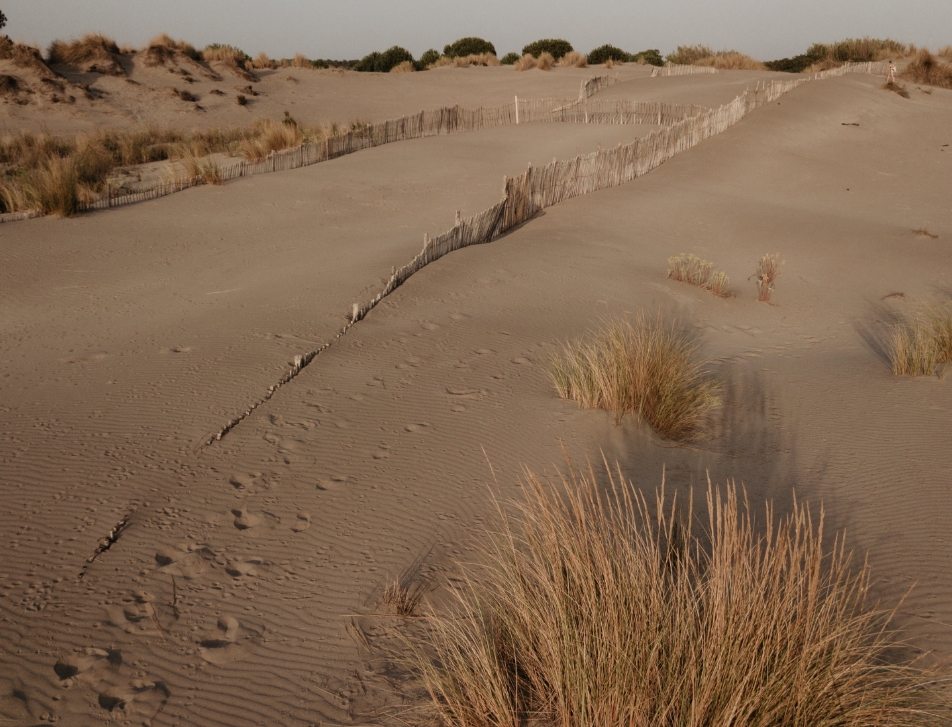Espiguette beach
The Espiguette tip, classified as a natural site in 1994, and the lighthouse, classified as a historic monument in 2012, bear witness to a permanent dialogue between man and his environment. Together, they tell the story of the evolution of the perception of the coastline which, in almost a century and a half, has gone from fear to enchantment, from confrontation to environmental balance.
Espiguette to the infinite...
IN ITS RAW AND WILD STATE

THE GUIDE'S TIP
A PROTECTED AREA

A BEACH CLEANED BY HAND






